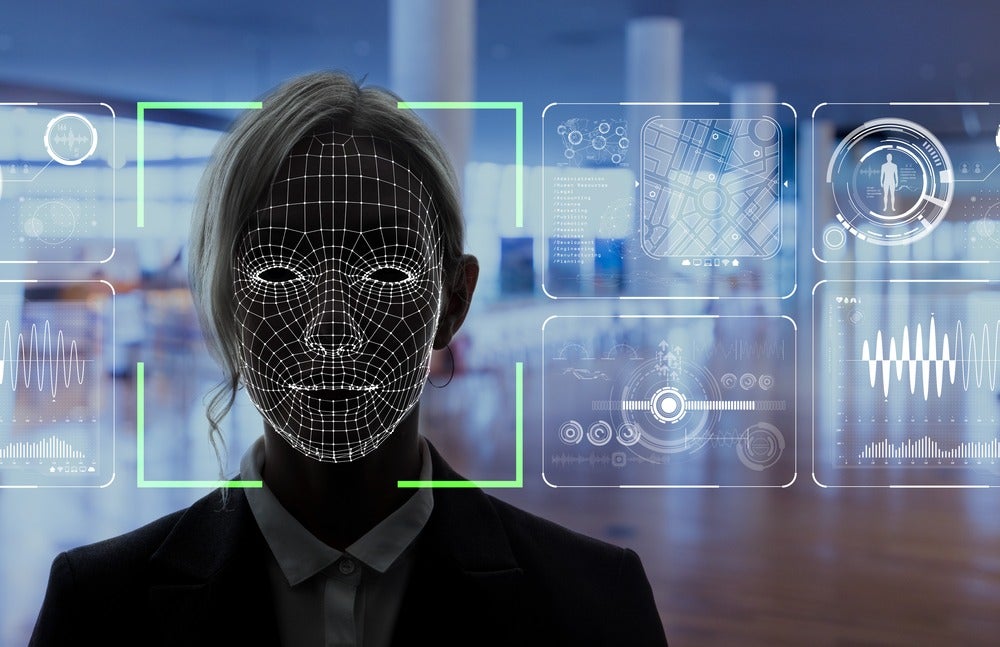
IBM has released a dataset of over one million facial images to the global research community to combat bias in facial recognition software.
Facial recognition technology
The announcement comes after researchers from MIT and the University of Toronto made claims that a well-known competitor’s product misclassified women at a higher rate than men, with error rates for darker-skinned women far surpassing error rates for lighter-skinned women. With women accounting for roughly half of the world’s population, inaccuracies in their classification present a serious threat to facial recognition adoption.
IBM’s vast collection of images includes facial coding schemes for a broad range of ethnicities, in the hopes that greater diversity will lead to more accurate facial analytics. Facial recognition software learns from the data that is used to train it; more robust and diverse training data is expected to yield more accurate results.
Facial recognition technology has many potential applications, so it is critical that solutions are accurate and result in findings that are free from bias.
Although there has been much buzz around the use of facial recognition in law enforcement, numerous other innovative use cases abound. It can be used to decipher emotions, track eye movements or gazes, monitor driver attentiveness, or determine whether an image is a live image. Use cases include biometrics, video surveillance, marketing personalisation, fraud detection, health analysis and automotive safety.
Affectiva and Visage Technology
It is not only the large players such as IBM, Google and Amazon, or China’s SenseTime that are behind the growing momentum around facial analytics. Smaller, lesser-known vendors such as Boston-based Affectiva and Europe’s Visage Technologies offer solutions in the space. Affectiva provides emotion recognition software that uses facial expressions and speech to gauge human emotions; it claims that its software is used by one-third of the Fortune Global 100 and over 1,400 brands. Visage Technologies’ platform incorporates a range of technologies, including face and head tracking, face detection, facial recognition, eye/gaze tracking, and facial analysis (gender, age, and emotion identification) and is used by over 200 companies in 50 markets.
How well do you really know your competitors?
Access the most comprehensive Company Profiles on the market, powered by GlobalData. Save hours of research. Gain competitive edge.

Thank you!
Your download email will arrive shortly
Not ready to buy yet? Download a free sample
We are confident about the unique quality of our Company Profiles. However, we want you to make the most beneficial decision for your business, so we offer a free sample that you can download by submitting the below form
By GlobalDataThough still in its early stages there is some recognition of the pitfalls behind the technology. The potential damage to a company’s reputation, and its bottom line, from using technology that discriminates against a certain gender or ethnic group is high.
Initiatives such as IBM’s, which seek to improve the accuracy of facial analytics solutions across the board, will help all facial recognition solution providers by building public confidence in the technology.





Related Company Profiles
Amazon.com Inc
Google LLC